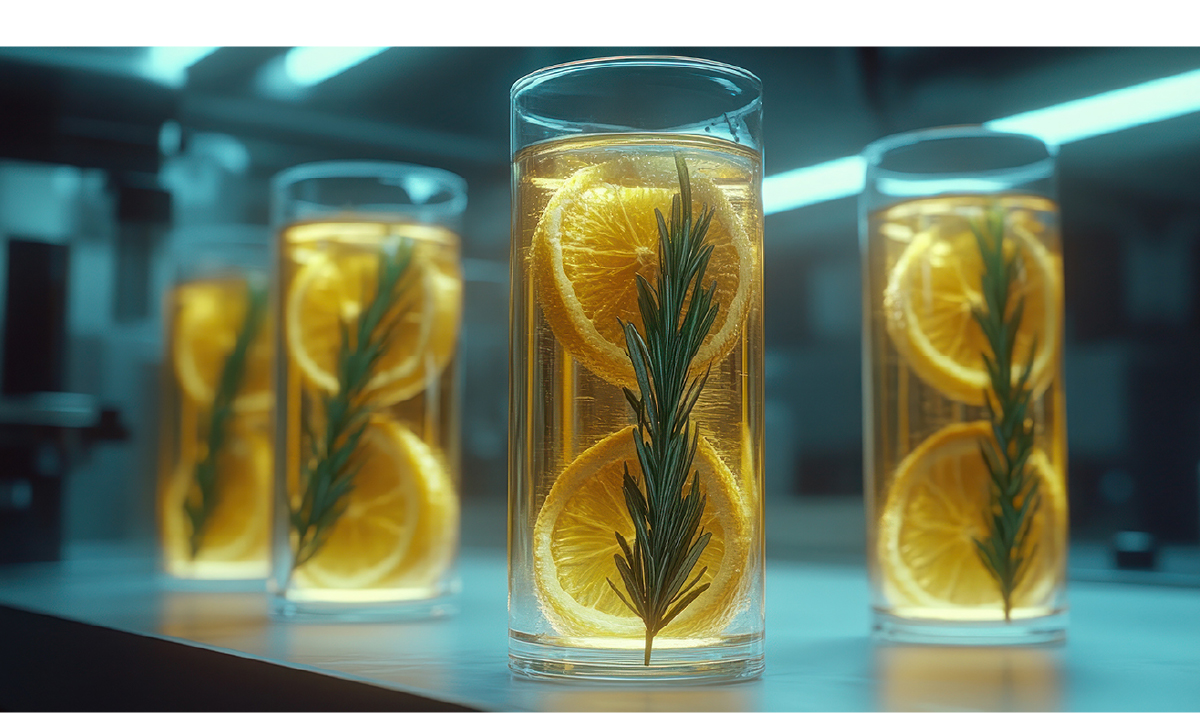A Brief History of Flavor
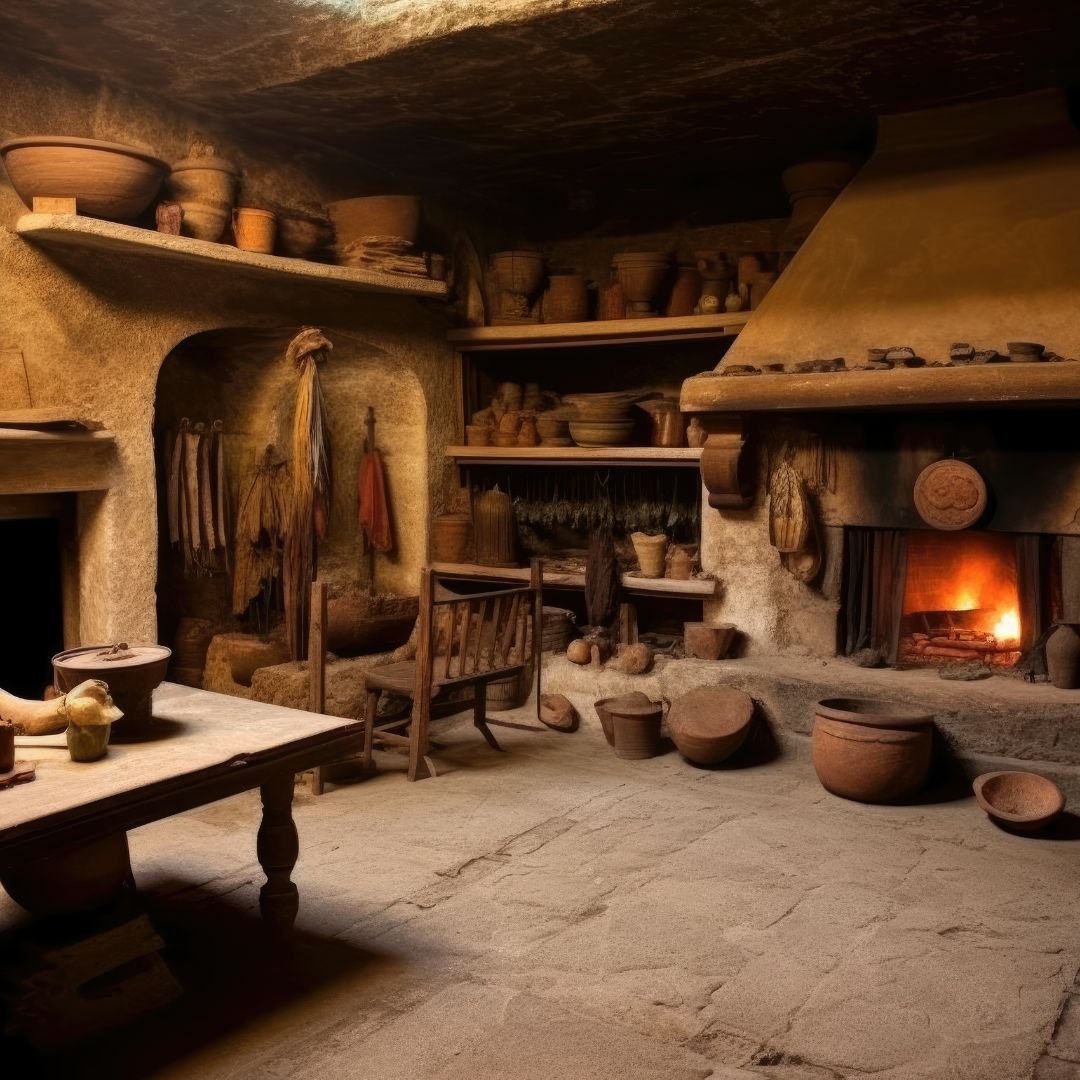

Fast-forward to the 19th century, where chemists donned their lab coats and unraveled the secrets of flavor molecules. Vanilla, once a rare orchid, now graces our desserts thanks to synthetic vanillin. The birth of artificial flavorings revolutionized our gustatory landscape, but it also sparked debates about authenticity.

The Science Behind Flavor Perception
Let’s dive into the nitty-gritty—the symphony of taste receptors, olfactory neurons, and brain circuits. When you savor a ripe strawberry, your taste buds detect sweetness and acidity. But it’s your nose that whispers, “Ah, that’s strawberry!” Aromas waft up to the olfactory bulb, where memories intertwine with molecules. Suddenly, you’re picnicking in a sun-kissed orchard.
But the journey from taste bud to brain is more complex than we once thought. Recent research has uncovered surprising connections between flavor perception and other senses. For example, studies have shown that the color of a beverage can influence how sweet or sour it tastes. The sound of crunching can enhance our perception of crispness in foods. Flavor perception is truly a multisensory experience, engaging all our senses in a symphony of taste.

Sensory Aspects: A Ballet of Senses
Close your eyes and imagine biting into a juicy peach. The skin yields, releasing a burst of sweetness. Your teeth sink into the flesh, and the juice dances across your tongue. Flavor is a multisensory affair—texture, temperature, and even sound play their parts. A crisp apple crunches differently from a velvety chocolate truffle.
Anecdote: Renowned flavorist Madame Élodie once said, “A flavor is not just a taste; it’s a whispered story.”
But what about the role of sound in flavor perception? In a groundbreaking study, researchers found that the sound of a potato chip crunching influenced participants' perception of freshness and crispness. Participants rated chips as fresher and crispier when they heard louder crunching sounds, even when the chips were identical. This highlights the intricate interplay between our senses when it comes to experiencing flavor.

Emotional and Psychological Impact
Flavor isn’t merely sustenance; it’s emotion in edible form. Grandma’s chicken soup soothes your soul, and a scoop of mint chocolate chip ice cream sparks joy. Our brains weave memories and feelings into every bite. Ever notice how comfort foods hug your heart during tough times? That’s the magic of flavor therapy.
Insight: When creating comfort foods, focus on nostalgia. A dash of childhood memories can elevate any recipe.
But the emotional power of flavor goes beyond mere nostalgia. It can also shape our perceptions and behaviors in unexpected ways. In one study, researchers found that people who drank the same wine but were told it was from different countries reported experiencing different emotions. The wine labeled as French elicited feelings of sophistication and romance, while the same wine labeled as German evoked feelings of efficiency and precision. This demonstrates how our expectations and associations can influence how we perceive and experience flavors.
Natural vs. Artificial: The Great Debate
Ah, the eternal battle! Natural flavors strut in with their sun-kissed credentials, while artificial counterparts raise their lab-made flags. But here’s the twist: both have their place. Natural flavors—extracted from real fruits, herbs, and spices—bring authenticity. Artificial flavors—crafted meticulously—ensure consistency and affordability.
Did You Know? Some natural flavors contain hundreds of compounds, like the intricate dance of a thousand fireflies.
The debate between natural and artificial flavors has raged on for centuries, but recent developments have blurred the lines between the two. Advances in biotechnology have allowed scientists to create natural flavors through fermentation and bioengineering, challenging traditional notions of what constitutes a "natural" flavor. These biotech-derived flavors offer the promise of sustainability and reduced environmental impact, further complicating the debate.
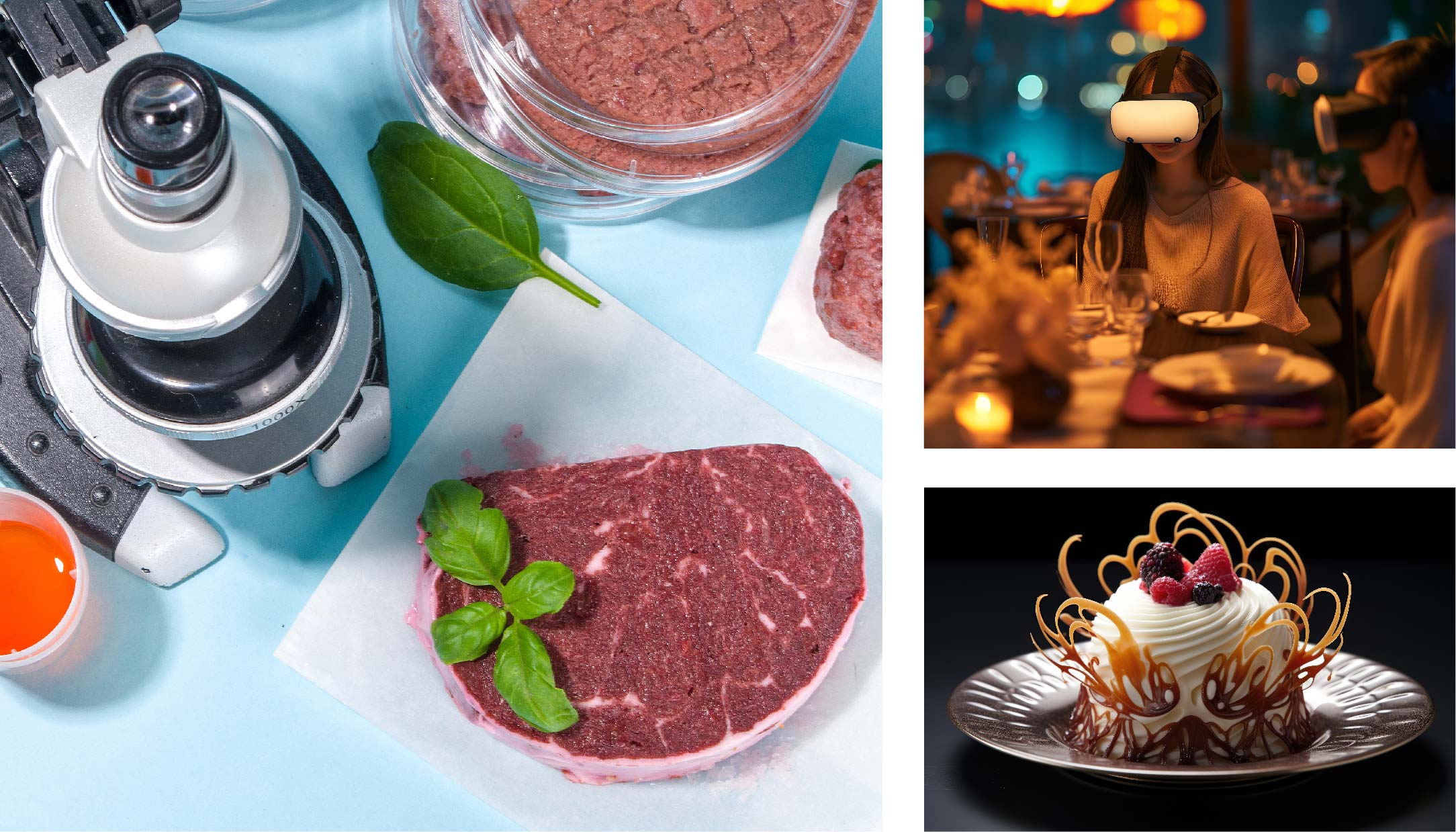
The Flavor Frontier: Tech on the Horizon
Futuristic Whimsy: Soon, we’ll taste the cosmos—a nebula-flavored macaron, anyone?
But the future of flavor isn't just about novelty and gimmicks; it's also about addressing pressing global challenges. With climate change threatening traditional agriculture and food supplies, scientists are exploring alternative sources of flavor ingredients. From insect-derived proteins to algae-based umami enhancers, the next frontier of flavor may be as sustainable as it is delicious.
Savor Every Moment
The world of flavor is a mesmerizing realm where history, science, and creativity converge to delight our senses and nourish our souls. Whether you're drawn to the allure of natural ingredients or intrigued by the boundless potential of artificial flavors, one thing remains certain – flavor will continue to captivate our imaginations and tantalize our taste buds for generations to come.
Insights & Trends

The Aftertaste Ambush
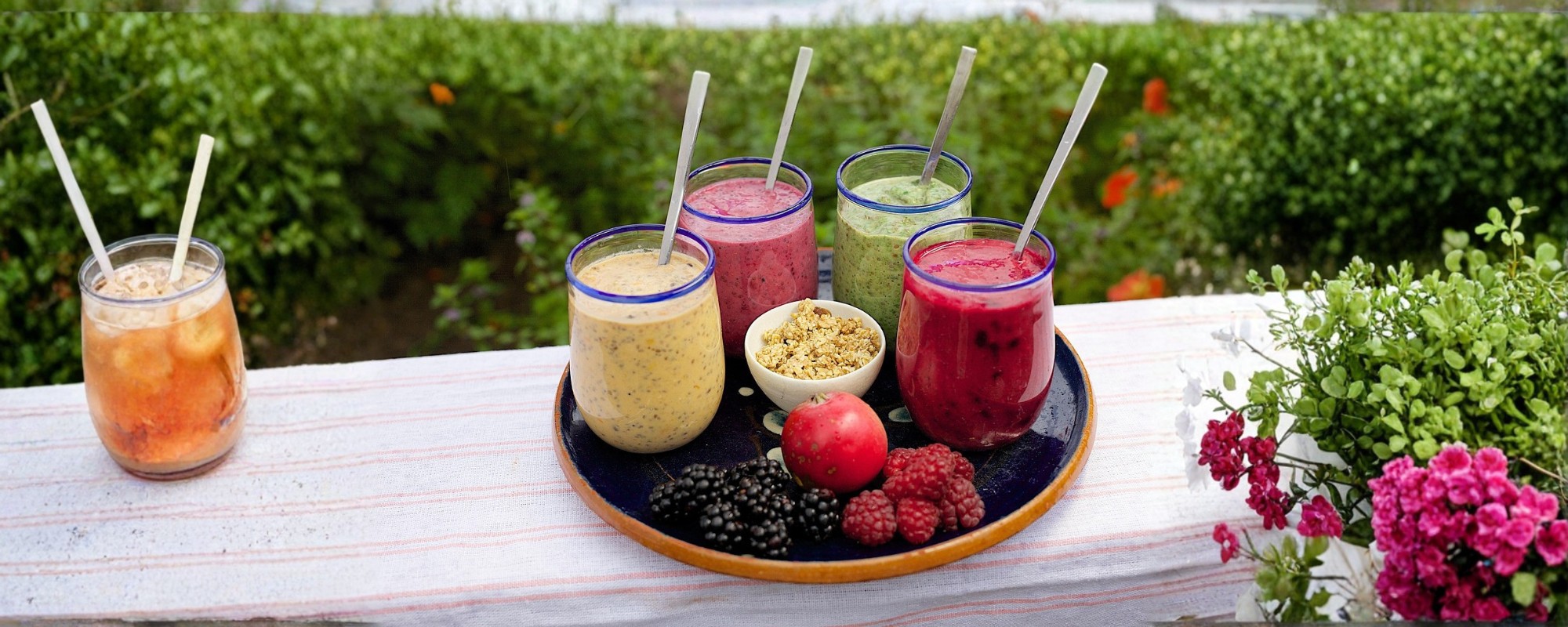
Function in Disguise

When Texture Talks Louder Than Taste
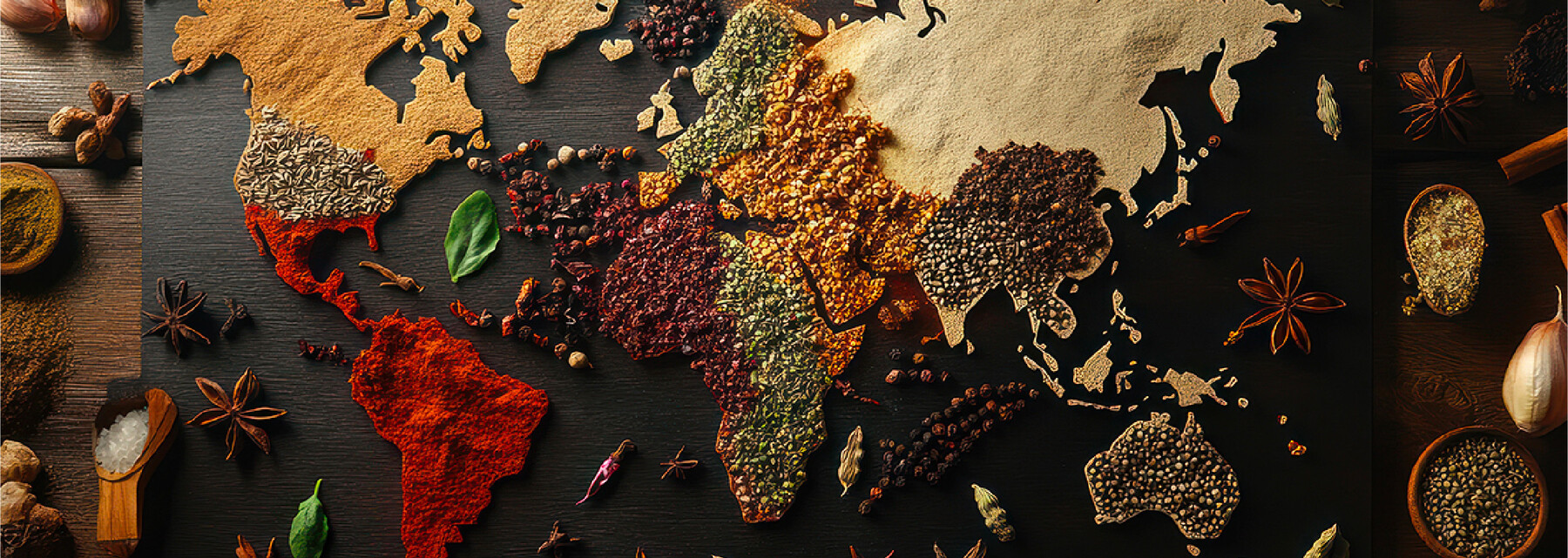
Spice. Sprinkle. Savor.

When Less Is More

From Snack to Savor

Precision Fermentation
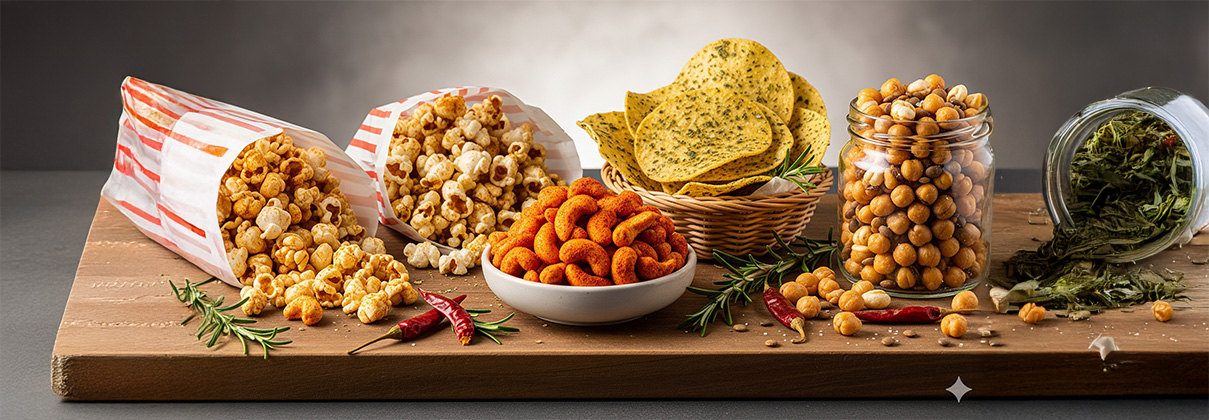
Snackification Nation
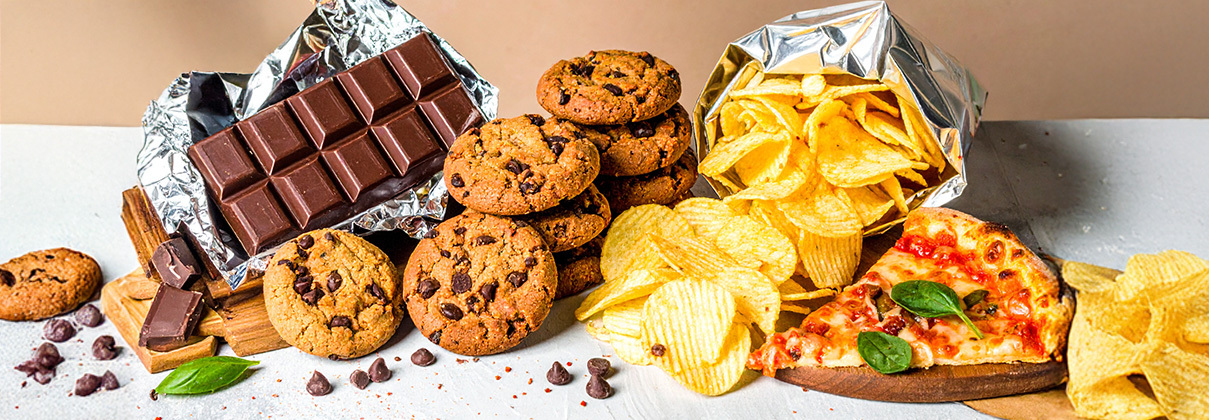
Snack to the Future

Fizz With Benefits
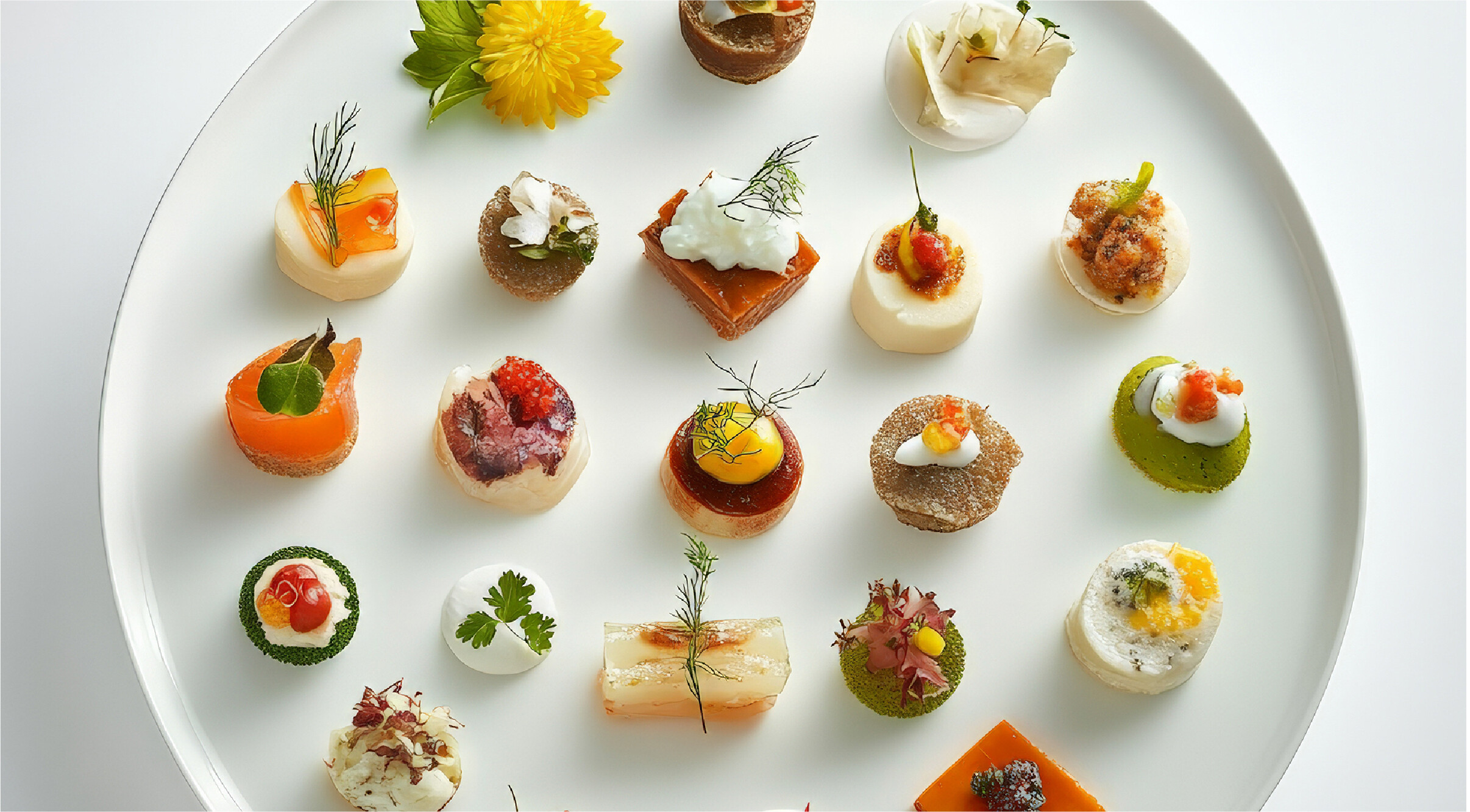
Satisfy in a Single Bite
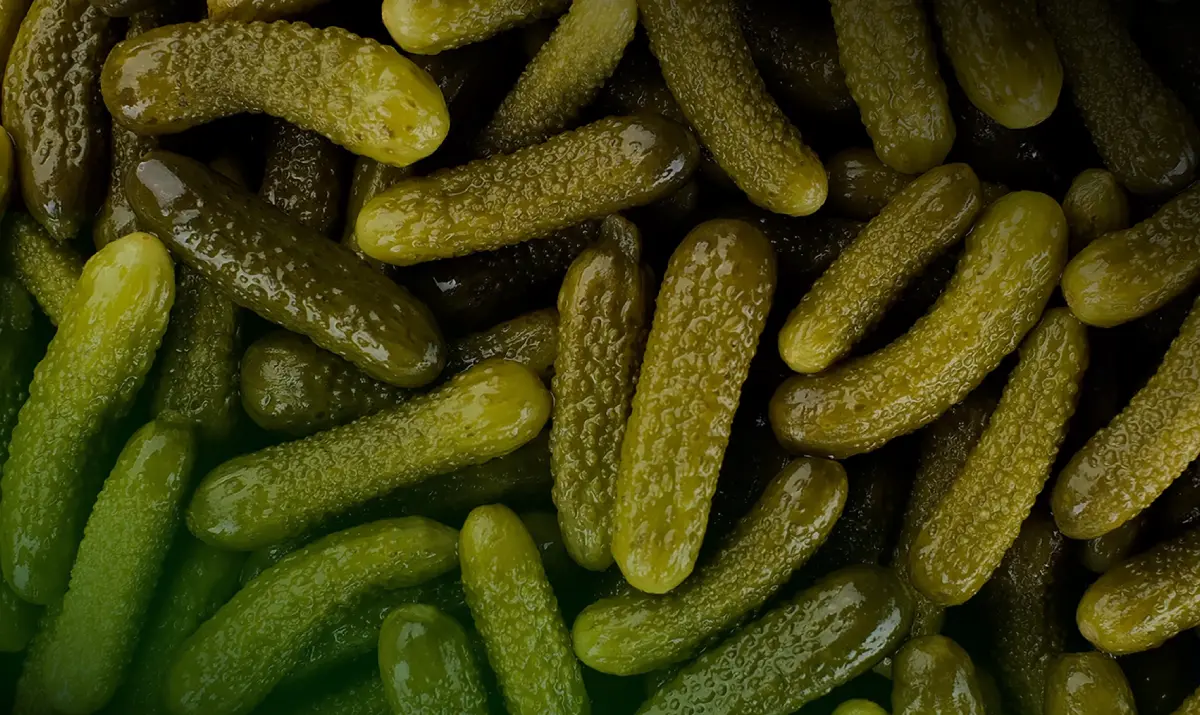
From Brine to Brain
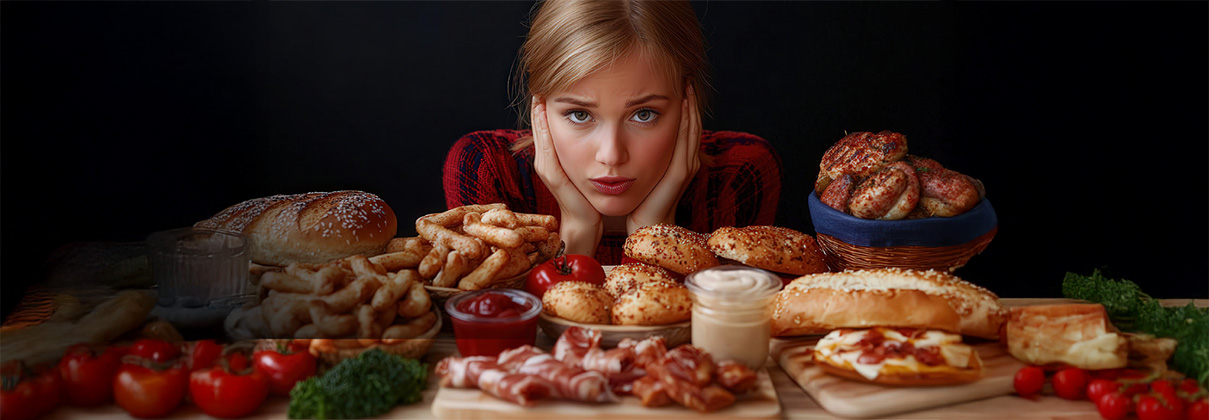
Taste Bud Turmoil
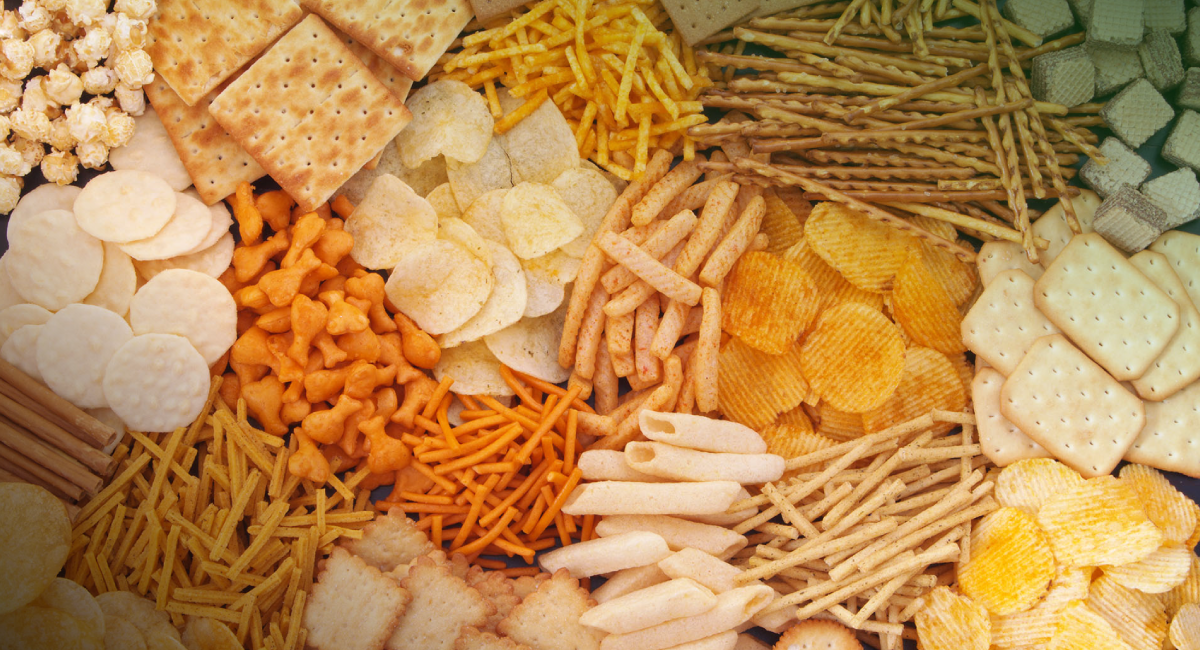
The Salty Snack Game Is Changing: What It Takes to Win with Today’s Consumers

Label Fatigue: Are We Overwhelming the Consumer with Too Much Information?
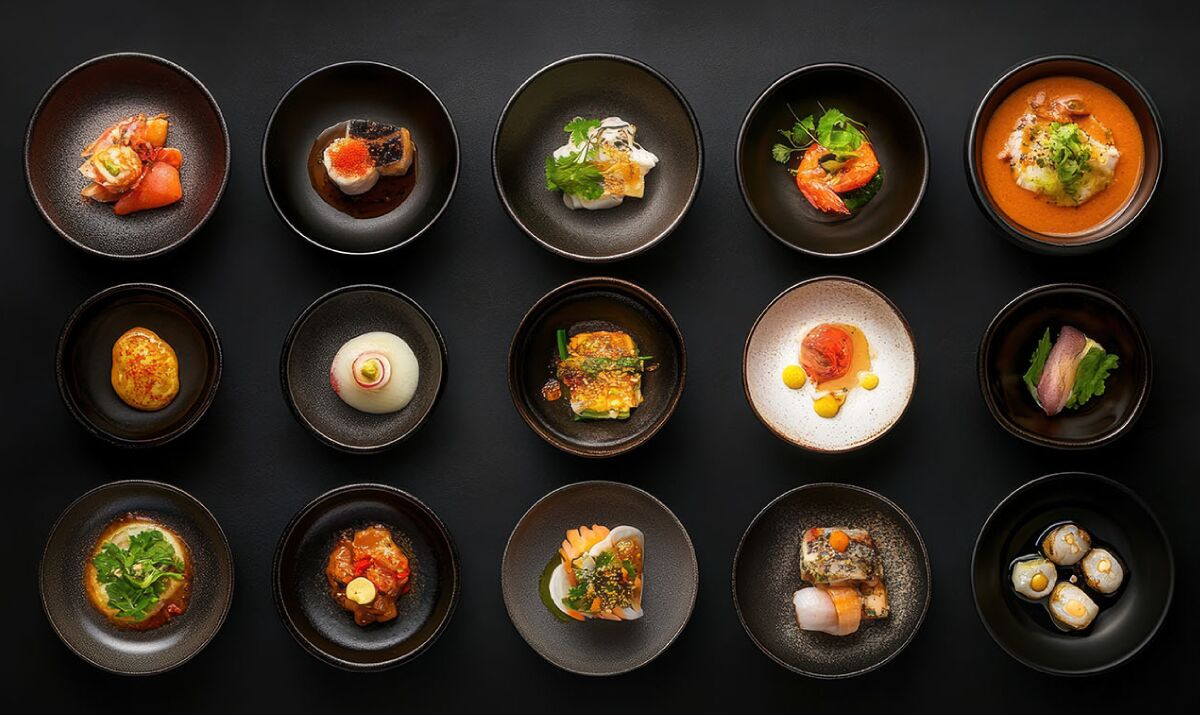
Go Big or Go Bland: The Rise of Maximalism in Taste
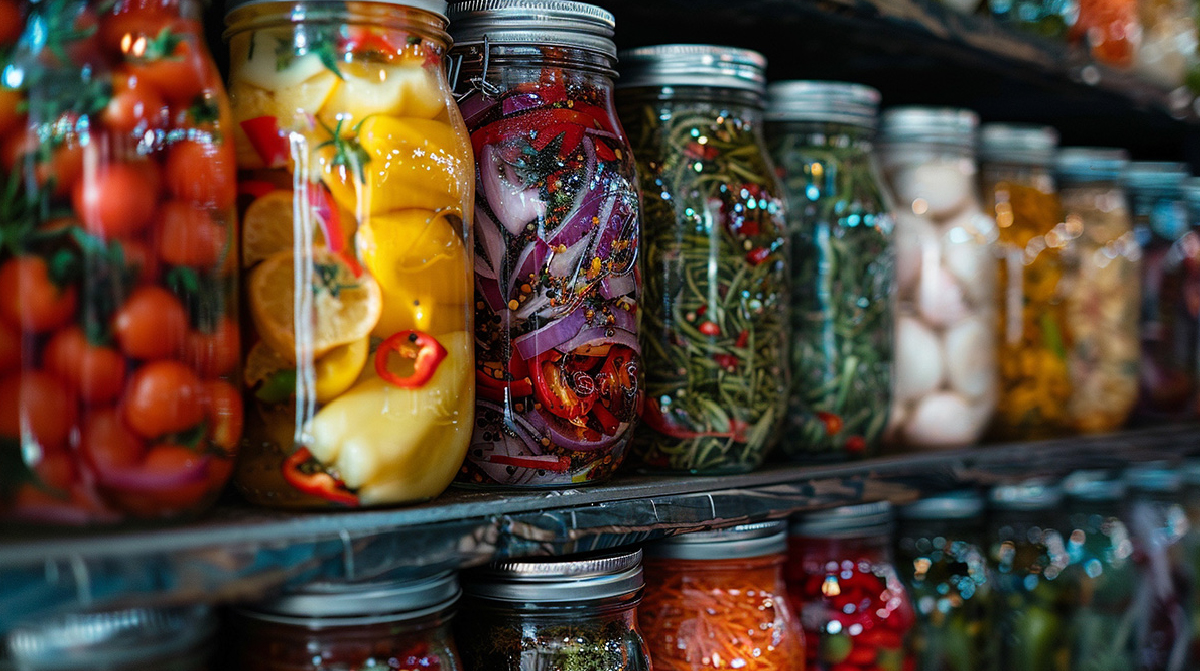
Tackling Food Waste from Every Angle: From Policy to Plate
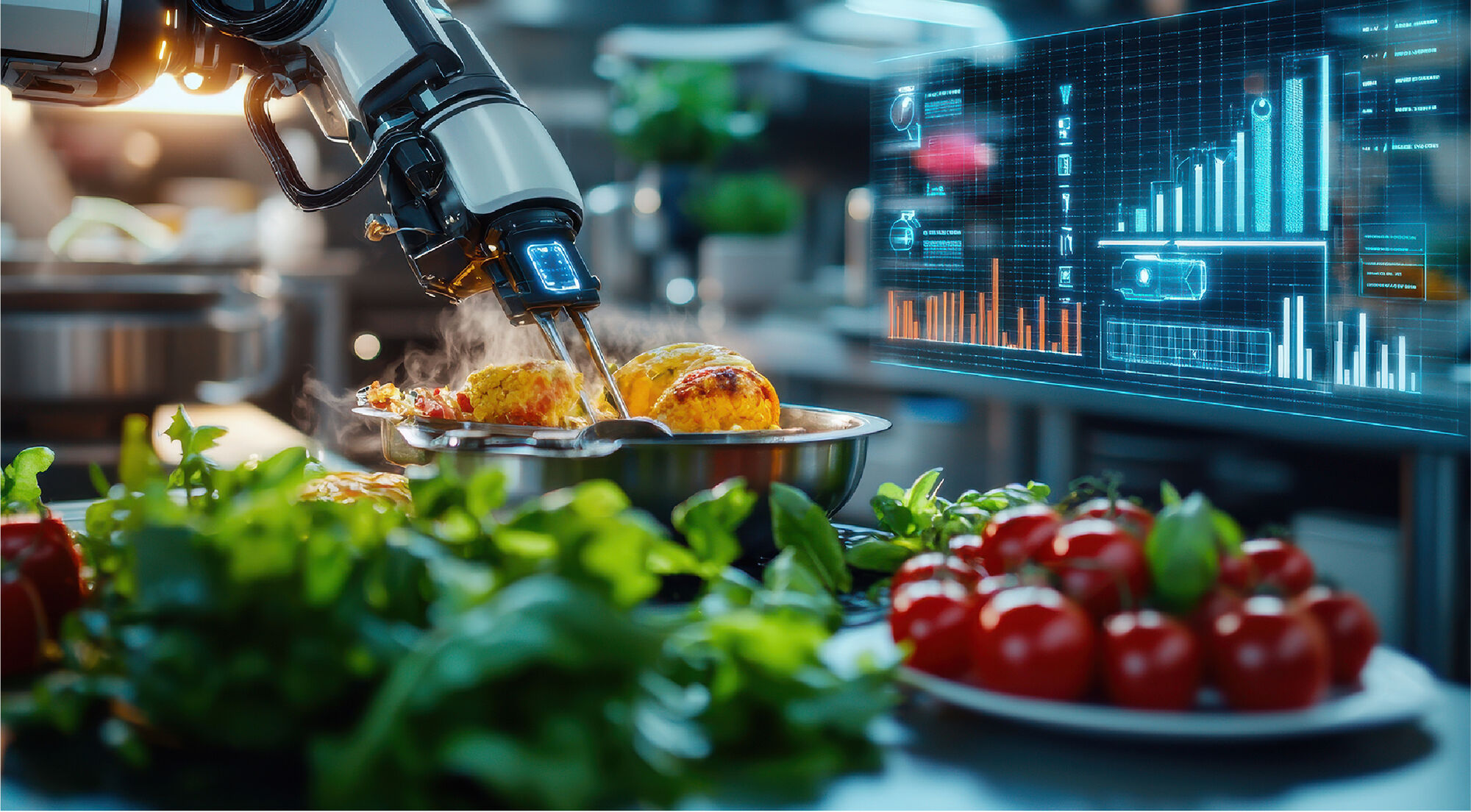
How Health, Tech, and Global Events Are Changing What We Eat

Beyond the Label: How Word Choices and Packaging Affect Taste
